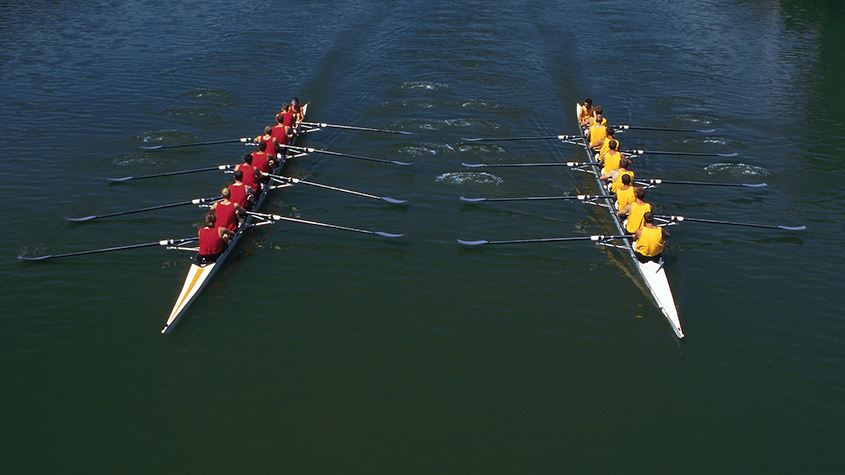尊龙凯时官网入口最新网址
Intellectual property (IP) allows companies to maximize their innovations, differentiate themselves from their competitors, while providing consumers with more choices for goods and services. IP, which is inherently pro-competitive, ensures the protection of differentiated, intangible business assets, while encouraging a dynamic market place.
Without IP, some manufacturers and service providers could try to attract consumers by copying the goods and services of more innovative competitors. The latter may lose potential rewards and any incentive to further innovate. Consumers and society as a whole lose where innovation is curtailed. Competition and IP agencies must therefore work together to ensure a balance and supportive ecosystems.
Activities

National
Organize activities/programs based on themes selected with the Member States to develop or expand the understanding of the interface between IP and competition law and policy, as well as to facilitate dialogue between national governmental agencies response for the respective subject matters.

International
Organize programs to enable a dialogue between IP offices and competition authorities within and across regions.

Projects
Investigating the interplay between IP and 千赢体育网站 on relevant issues (e.g., the digital environment, pharma, the creative sector, and economic development. Additionally, reviewing the IP aspects of unfair competition and the links to consumer protection.)
International activities
- ICN Unilateral Conduct Workshop (March 7 and 8, 2023 Tokyo, Japan)
- OECD Workshop on IP and Competition for Central and Eastern European Competition Authorities (March 27-30, 2023 Budapest; Hungary)
- Seminar on Fragmentation of Music Rights in Europe (June 2, 2023 – Geneva, Switzerland Hybrid)
- Webinar on 尊龙凯时官网入口最新网址 in the Pharma Industry (October 19, 2022 - Geneva, Switzerland)
- Sustainability of Innovation and Competition(November 23, 2022Virtual)
National activities
- Chile: Meetings with the National IP Office, National Competition Agency, Women Entrepreneur Association for Competition, Master Class for the LLM on IP and Competition, Meeting at Adolfo Ibanez University on IP and Competition in R&D Agreements, Master Class for INAPI on interface between IP and Competition (May 10 to 12, 2023, Santiago, Chile)
Documents
Studies and surveys
- Survey on IP, Joint R&D and Competition (June 2015)
- WIPO Survey on the Antitrust Dimension of IP Licensing Agreements in Support of Technology Transfer (March 2015)
- Patents and Small Participants in the Smartphone Industry (January 2015)
- An Overview of Cade's Recent Jurisprudence regarding IP (December 2014)
- Study on Patent Pools and Antitrust - A Comparative Analysis (March 2014)
- Study on Copyright, Competition and Development (December 2013)
- Survey on Technology Transfer Agreements and Antitrust (December 2013)
- Study on refusals to license IP Rights (August 2013)
- Study on the impact of the acquisition and use of patents on the smartphone industry (publicly released by WIPO in June 2013)
- Study on the Anti-Competitive Enforcement of IP Rights: Sham Litigation (April, 2012)
- Survey on Compulsory Licenses Granted by WIPO Member States to Address Anti-Competitive Uses of IP Rights (October 2011)
- Survey on Measures to Address the Interface between Antitrust and Franchising Agreements (June 2011)
- Analysis of the Economic/Legal Literature on the Effects of IP Rights as a Barrier to Entry (January 2012)
- Interaction of Agencies Dealing with IP and Competition Law: Summary of Replies of Member States (June 2011)
- Studies on the Interface between Exhaustion of IP Rights and Competition Law (April 2012)
- IP and Competition as Complementary Policies: A Test Using an Ordered Probit Model (2007)
External links
- International Competition Network (includes links to all national competition authorities that are member of the network)
- Organisation for Economic Co-operation and Development (OECD) - Competition
- United Nations Conference on Trade and Development (UNCTAD)
